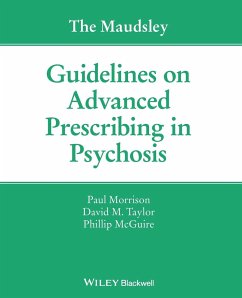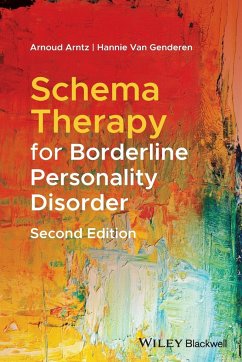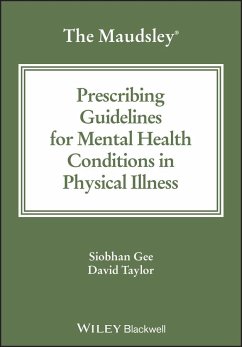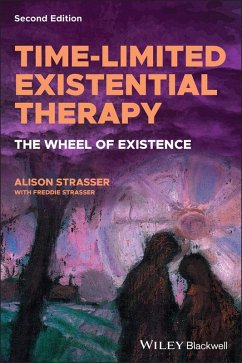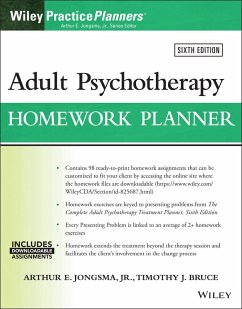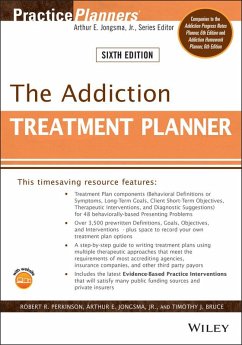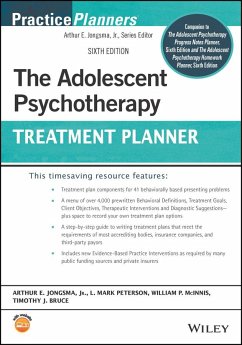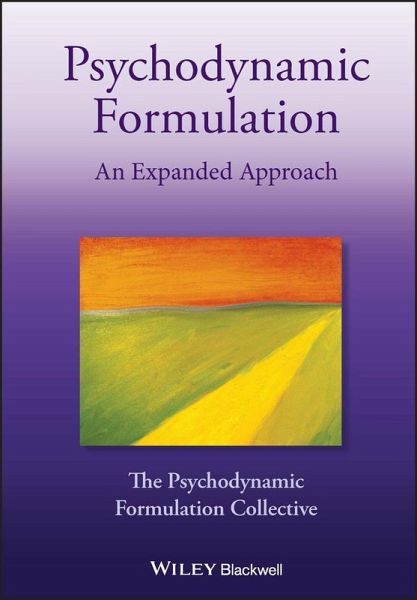
Psychodynamic Formulation
An Expanded Approach
Versandkostenfrei!
Versandfertig in über 4 Wochen
54,99 €
inkl. MwSt.
Weitere Ausgaben:

PAYBACK Punkte
27 °P sammeln!
Psychodynamic FormulationA leading text for psychodynamic clinicians and practitionersPsychodynamic Formulation: An Expanded Approach delivers an exceptional exploration of psychodynamic explanations and hypotheses that seek to explain how a person's conscious and unconscious thoughts and feelings may have developed and may be causing or contributing to the challenges they face.This latest edition of the leading reference includes a refreshed and reinvigorated emphasis on the impacts of culture and society, as well as the importance of diversity and inclusion, on psychodynamic formulation. It ...
Psychodynamic Formulation
A leading text for psychodynamic clinicians and practitioners
Psychodynamic Formulation: An Expanded Approach delivers an exceptional exploration of psychodynamic explanations and hypotheses that seek to explain how a person's conscious and unconscious thoughts and feelings may have developed and may be causing or contributing to the challenges they face.
This latest edition of the leading reference includes a refreshed and reinvigorated emphasis on the impacts of culture and society, as well as the importance of diversity and inclusion, on psychodynamic formulation. It puts new focus on lived experience, including trauma, and on how clinical bias can contribute to the perpetuation of trauma.
In addition to newly included activities and exercises, readers will find:
_ A practical, step-by-step guide to collaboratively creating psychodynamic formulations
_ Comprehensive discussions about how what we're born with and environmental influences contribute to development
_ Suggestions for using psychodynamic formulations in many clinical settings, including acute care and psychopharmacologic treatment
_ An educator's guide to teaching psychodynamic formulation
Perfect for mental health practitioners with a professional or personal interest in psychodynamics/psychoanalysis, Psychodynamic Formulation: An Expanded Approach will earn a place in the libraries of trainees in all mental health fields.
A leading text for psychodynamic clinicians and practitioners
Psychodynamic Formulation: An Expanded Approach delivers an exceptional exploration of psychodynamic explanations and hypotheses that seek to explain how a person's conscious and unconscious thoughts and feelings may have developed and may be causing or contributing to the challenges they face.
This latest edition of the leading reference includes a refreshed and reinvigorated emphasis on the impacts of culture and society, as well as the importance of diversity and inclusion, on psychodynamic formulation. It puts new focus on lived experience, including trauma, and on how clinical bias can contribute to the perpetuation of trauma.
In addition to newly included activities and exercises, readers will find:
_ A practical, step-by-step guide to collaboratively creating psychodynamic formulations
_ Comprehensive discussions about how what we're born with and environmental influences contribute to development
_ Suggestions for using psychodynamic formulations in many clinical settings, including acute care and psychopharmacologic treatment
_ An educator's guide to teaching psychodynamic formulation
Perfect for mental health practitioners with a professional or personal interest in psychodynamics/psychoanalysis, Psychodynamic Formulation: An Expanded Approach will earn a place in the libraries of trainees in all mental health fields.




